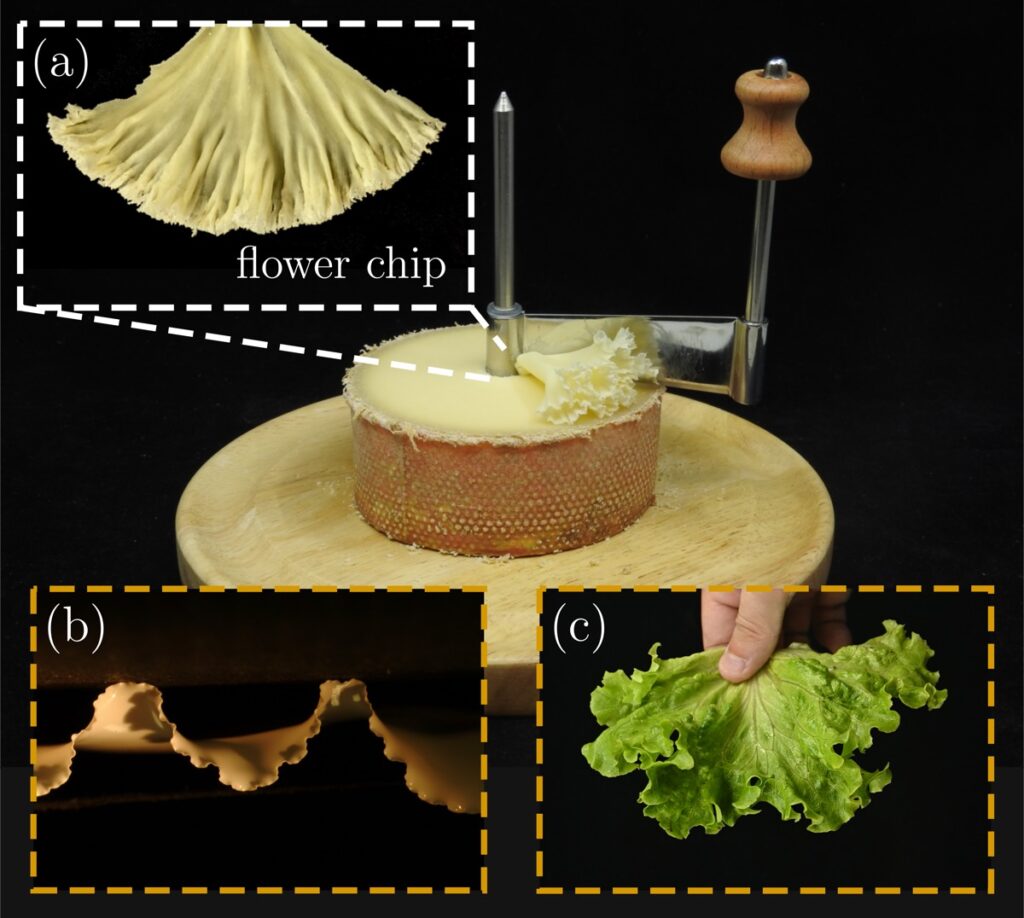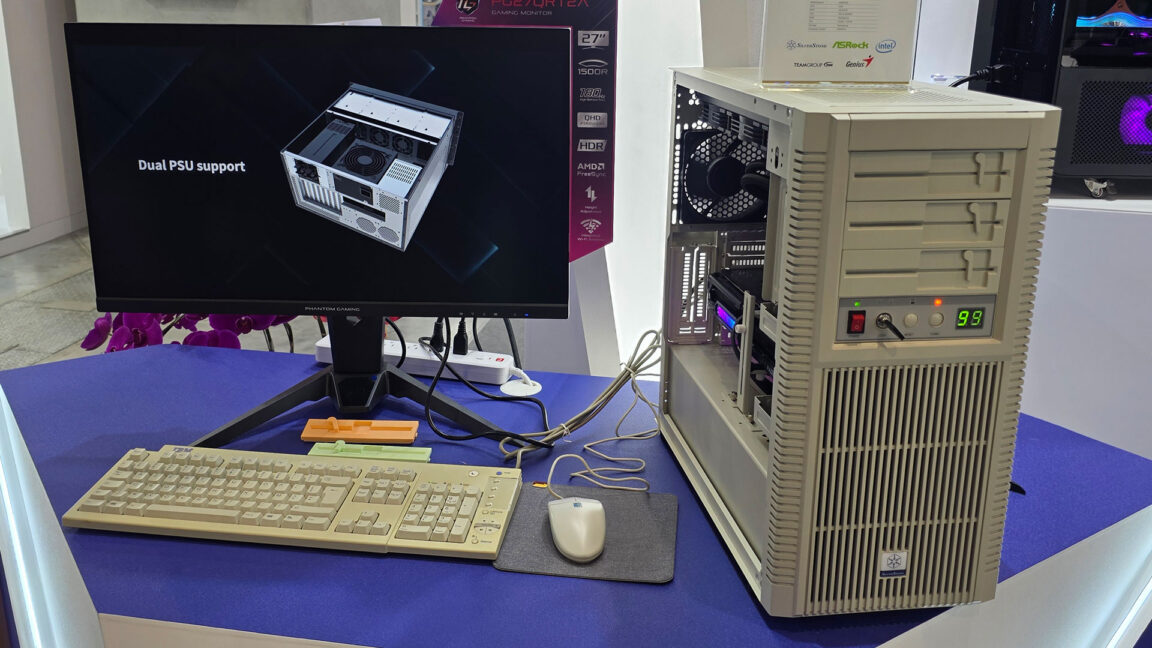
The fourth prototype of Chinas Jiu Tian SS-UAV Drone Mothership has completed its structural assembly and is currently undergoing installation and testing, with its maiden flight scheduled for next month.The vehicle has a 25 metre wingspan and can fly for 12 hours, with a maximum range of 7,000 kilometres (4,350 miles).
It has a take-off weight of 16 tons and a transporting capacity of six tons.It has a maximum range of 7,000 kilometers (nearly 4,500 miles) and an operational ceiling of 15,000 meters, placing it well above the engagement envelope of most medium-range air defence systems.
Though many air defence systems can reach targets above 15 km, such as :USA : Patriot 36 kmRussia : S-400 30 kmFrance/Italy : Aster 25 kmA specific feature of the UAV is its internal bay system, which is capable of releasing up to 100 loitering munitions or miniature drones, potentially including kamikaze-type UAVs.These are deployed symmetrically from dual bays on the aircrafts underside, enabling distributed or saturation attacks on enemy defenses.
Jiu Tians primary combat function is enabling swarming tactics: the coordinated deployment of networked drones to saturate, deceive, or turn off adversary air defense systems.With eight hardpoints for external payloads, the UAV can also be configured for electronic warfare, intelligence, surveillance, reconnaissance (ISR) operations, and electronic suppression missions.Chinas Global Dominance Strategy for UAVsDeveloped by Shaanxi Unmanned Equipment Technology, a defense-orientedfirm registered in 2023, the platform is produced by Xian Chida Aircraft Parts Manufacturing, a state-run Guangzhou Haige Communications Group subsidiary.The UAVs conceptual and aerodynamic design is attributed to the Aviation Industry Corporation of China (AVIC), one of the countrys principal aerospace conglomeratesAccording to the manufacturer, Jiu Tians payload system employs a modular configuration, allowing mission-specific customization across military and paramilitary domains.In addition to combat applications, the UAV is designed for maritime patrol, border security, resource monitoring, disaster relief, and emergency response operations.Such versatility supports Beijings broader objective of multi-domain readiness and dual-use military technology expansion.
The platform is widely considered part of Chinas competitive response to U.S.
unmanned systems.While the RQ-4 Global HawksurpassesJiu Tian in altitude (up to 18,000 meters) and reconnaissance sophistication, it lacks strike capability.The MQ-9 Reaper, in contrast, boasts strike and ISR flexibility but is constrained by its lower operational altitude and 5-tonne maximum take-off weight, far below Jiu Tians capacity.Sources: yahoo!news; X; Interesting Engineering

 15
15


















